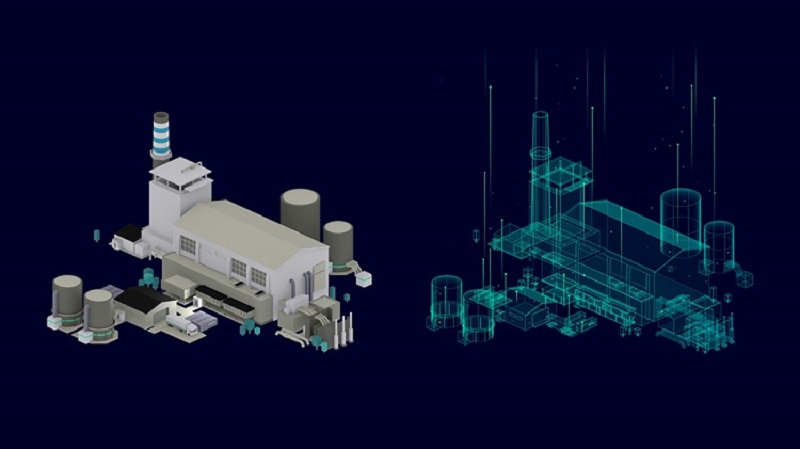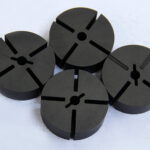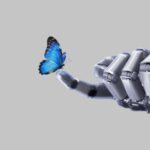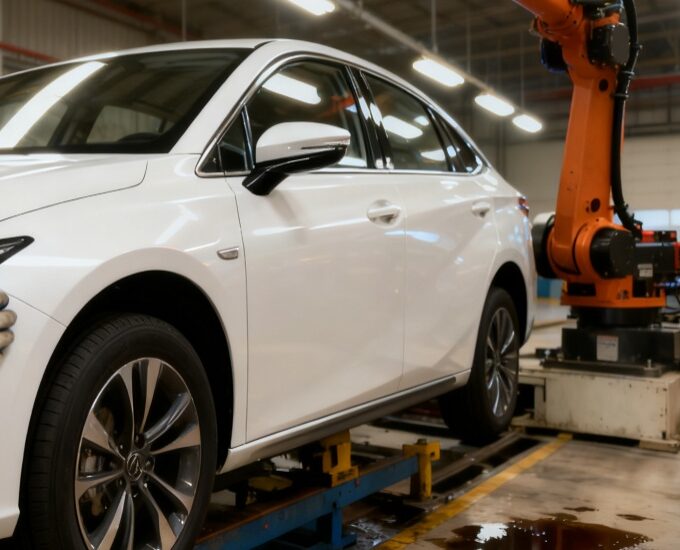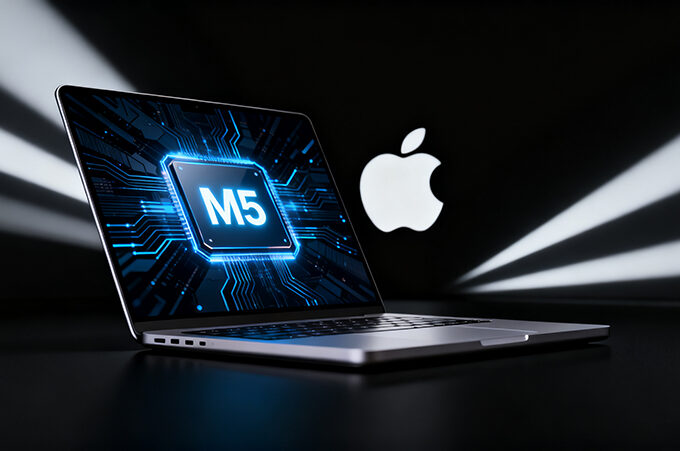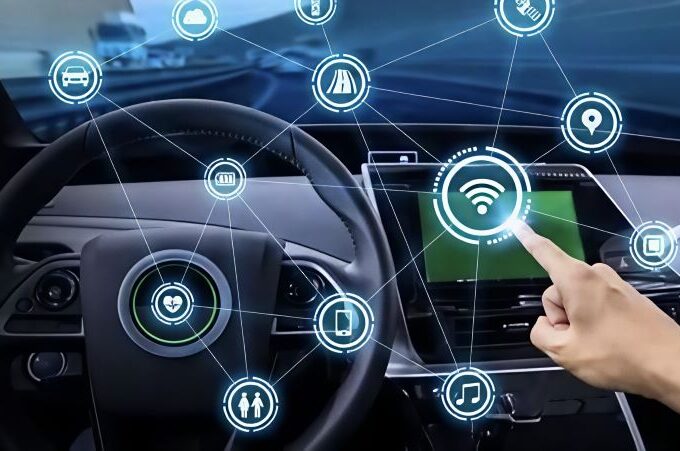Digital twins enable machines to be rapidly developed virtually before any hardware is produced, allowing hardware and software testing and system integration to take place early in the project.
To increase productivity, manufacturing organizations need to achieve faster machine builds and enable more efficient engineering processes, while reducing errors or unforeseen problems later in the build. One way to achieve this is to adopt a digital-first strategy.
To reduce machine development time, more simultaneous engineering is required. Digital twins are increasingly being used to accurately replicate the functionality of their components. It can significantly reduce project times and increase productivity. Crucially, it means that machine developers can use software to simulate, evaluate, and adjust any metal before it is cut or assembled. For example, they can use virtual models to design and optimize programs for more efficient handling systems. Detecting and correcting errors at an early stage helps to achieve more efficient and stable operations at a later stage.
Digital twins for automation components are more than just 3D models. They also provide digital representations of a variety of information, including clear descriptions of their capabilities, documentation, and behavior, such as simulations of their kinematics and dynamics and communication with them, including the role they play in the machine. These are constructed in standardized templates using sub-models such as digital nameplates, contact information, technical data, CAD models, etc.
Lifecycle Data
The machine architecture of Industry 4.0 is based on digital twins. Thanks to standardized communication interfaces, they make it easier for machines throughout their entire lifecycle – from virtual commissioning and control of the machine to data acquisition and value-added services such as maintenance or diagnostics.
In the past, every automation part had multiple data sources in different formats, from CAD and PDF drawings to paper manuals and operating instructions. Data management was often cumbersome and difficult to access throughout the lifecycle of an automation product. Different functional roles on the project team have different needs for data. Information is often collected independently by different functions and is rarely passed on without re-entering the data. This is a repetitive, error-prone, and time-consuming task. This lack of digital continuity also makes it difficult to fully network all objects.
Digital twins mean that the need to search for information in catalogs or portals is greatly reduced and the time needed to prepare machine documentation is reduced. Their management shells are used as a central source of information, enabling them to be used throughout the life of the component.
Of course, the quality and depth of information available from suppliers may still vary. However, the use of standardized formats allows information to be identified, assimilated and communicated more quickly. The standardized digital format of asset management shells makes them fully machine-readable. This is a way of expanding beyond catalog information: it enables ‘smart algorithms’ to be used to configure and optimize designs.
The digital twin can also be a driver for increased sustainability through the simulation and optimization of the design of energy-efficient components, both in terms of the environmental footprint of manufacturing and the energy consumption in a given application. It would be somewhat superficial to think only in terms of one drive technology being more energy efficient than another. Instead, applications need to be considered, including cycle rates, and retention times, to make the best choice based on calculations.
Even before machine builders fully utilize digital twins, it is possible to benefit from the technology in a piecemeal fashion. For example, traditionally printed product labels contain limited information, especially as products become more compact. Standards and laws dictate the information that must be included, and for products sold globally, many marks of conformity need to be placed on very small labels. This makes it more difficult to find and read all the necessary information. One solution is the digital nameplate. It provides all relevant information in digital format, including certificates, documentation, and operating instructions, as well as comprehensive catalog information. As a result, the digital nameplate saves time and provides up-to-date and continuously updated information, which is available globally 24/7 in local languages.
Modeling and Simulation
Virtual models also allow developers to test (e.g. handling systems) and view operating data from motor displacement encoders or signals from end position sensors. Developers can then use the functionality of the components (e.g. extension, rotation, or gripping) to create machine control programs.
Other value-added services based on the digital twin include a condition monitoring function that generates messages predicting when an operating component is approaching the end of its designed life. The machine’s digital twin can then automatically trigger a request to order spare parts. If the component to be replaced has a new model, the customer can use the virtual environment to test how the new component will interact before ordering.
Condition monitoring can also be used in conjunction with the digital twin’s simulation model to create predictive maintenance schedules. Standard operational performance data can be read from components and an artificial intelligence system can be used to detect anomalies. However, it is not just a trigger that is difficult to interpret, but can also relate to the component and the corrective action that may be required. For example, a simple cleaning of an optical lens, a bearing repair, or a complete replacement of a part that is expected to fail at a given time. Customers can also use digital twins to develop and evaluate subsequent changes, optimizations, or reconfigurations on the virtual model before implementing them on the machine, which can speed up the process.
Digital twin technology has a bright future. Its inevitable widespread use by machine builders, coupled with a growing toolkit of technologies, will help them increase productivity and product value. For more news and information, welcome to latest.com!


